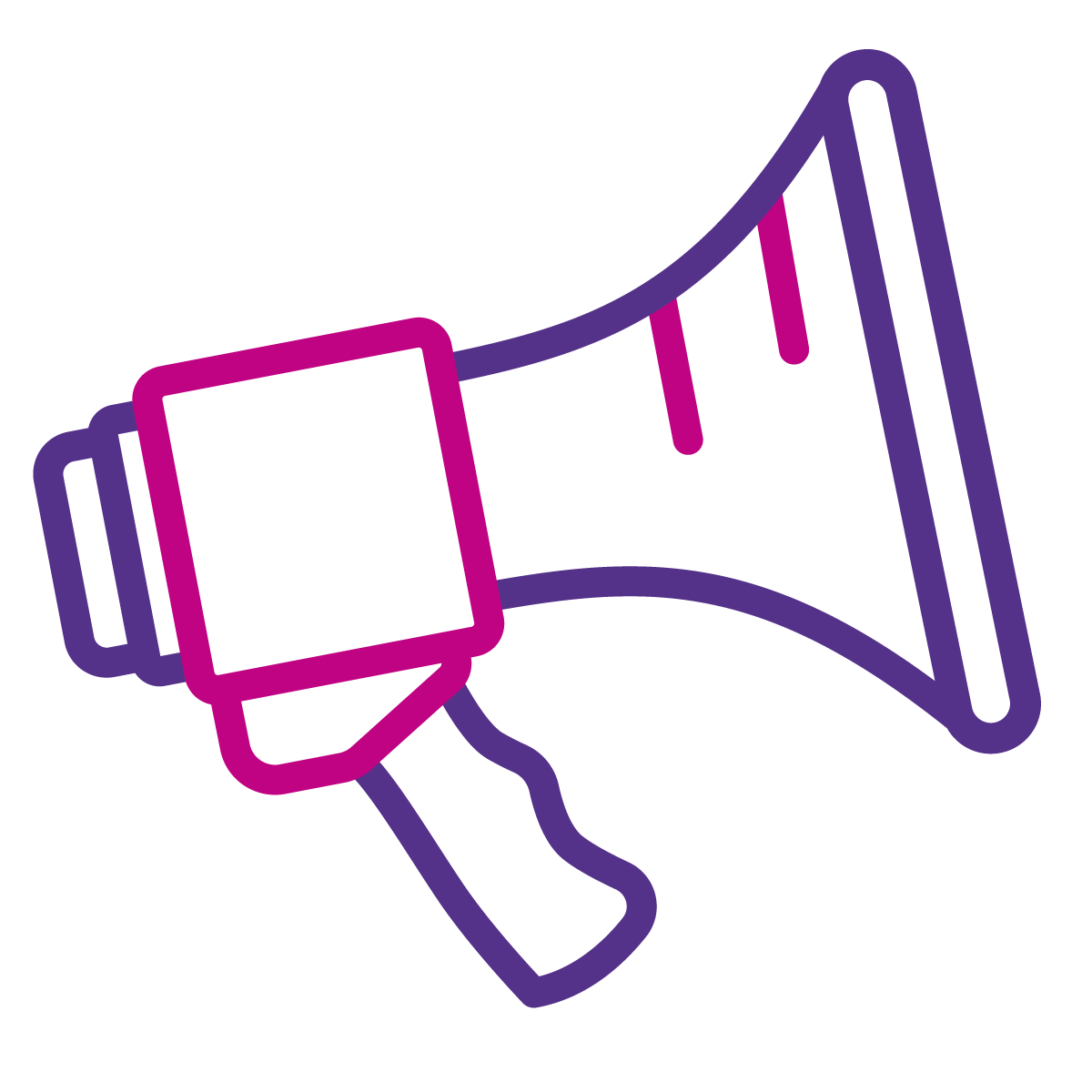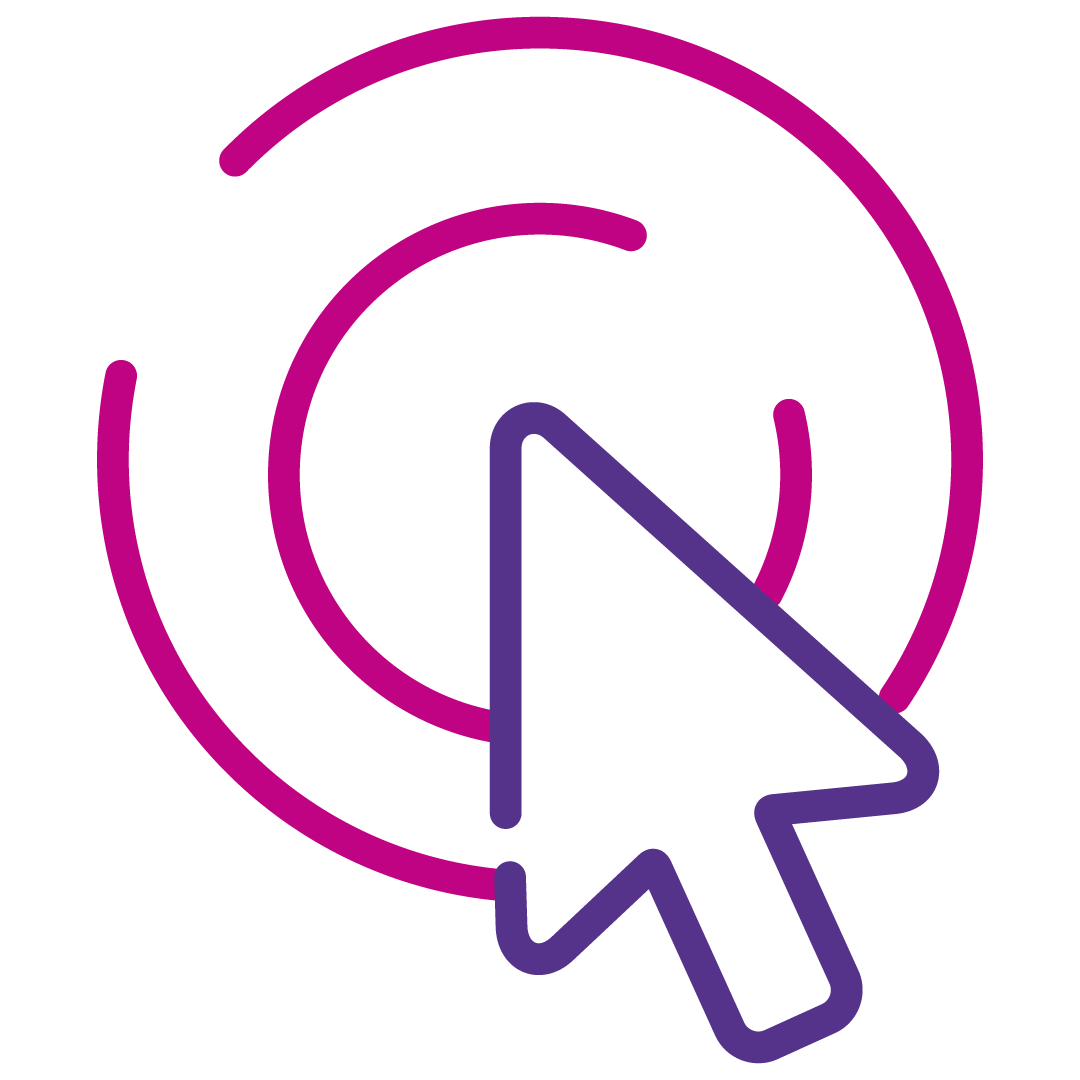10 Ways to Humanise Cold Outreach
Estimated reading time: 4 minutes
Cold outreach has a reputation problem. Too often, it feels robotic, generic, and transactional. But it doesn’t have to. Done right, outreach can spark conversations, open opportunities, and build trust – even with people who don’t know you yet.
At durhamlane, we believe that every interaction should create value. The best outreach balances structure with empathy, curiosity with professionalism, and insight with a human touch. Here are 10 ways to make your cold outreach warmer, more relevant, and far more effective.
1. Do your research before reaching out
Every great conversation begins with understanding. Before you send that email or make that call, take a few minutes to learn about the person and their business.
- Check their LinkedIn profile for recent posts or promotions.
- Review their company website for press releases or initiatives.
- Consider their role: what challenges are they likely facing right now?
When you demonstrate that you’ve done your homework, your outreach feels tailored, not templated. This research-first approach is at the core of our thinking on how human expertise combines with smart technology, as we shared in our blog on tech-enabled SDRs.
2. Personalise beyond the name
Personalisation is more than merging someone’s first name into an email. True personalisation means showing that you understand them as a professional.
- Reference a mutual connection or a shared industry event.
- Mention a company milestone they’ve announced.
- Highlight a blog post or whitepaper they published.
It doesn’t have to be elaborate, but it does need to be real. By moving beyond surface-level personalisation, you build credibility and cut through the noise. We explored this in cold calling in the age of AI.

3. Lead with empathy (and context)
Instead of launching into your pitch, start with empathy. Acknowledge their challenges or pressures:
- “I noticed your company recently announced [a new initiative/product/partnership]. How is that shaping priorities for your team?”
- “I saw your article on LinkedIn about [industry trend] — what impact are you seeing on day-to-day operations?”
Contextual empathy shows you’re not just pushing your agenda, instead you’re engaging with their reality.
4. Be brief, but impactful
Decision-makers are time-poor. The best outreach is short but packed with relevance. A concise message with a clear hook is far more effective than a rambling email. The most effective cold emails are typically between 25–50 words.
For example:
- Bad: “I’d love to tell you all about our company and services…”
- Better: “We recently helped a company like yours cut their sales cycle by 20% – would you be open to a quick chat?”
As Forbes highlights, concise yet meaningful outreach is far more effective than trying to say everything at once.
5. Use multi-channel touch-points
Relying on a single channel is risky. People receive dozens of emails a day, and even the most thoughtful message can get buried. A multi-channel approach increases your odds of being seen.
Consider a sequence like this:
- Day 1: Introductory email.
- Day 3: LinkedIn connection request with a short note.
- Day 6: Share a relevant article or insight.
- Day 10: A polite follow-up call.
Consistency across channels builds familiarity. It’s not about spamming; it’s about being present in the right places.
6. Share value before pitching
Outreach that starts with “me, me, me” is doomed to fail. Flip the script: give value before you ask for time.
- Share a short industry insight.
- Point to a useful article or tool.
- Offer a perspective on a trend affecting their role.
Value-first outreach positions you as a partner, not just another vendor. It’s a principle we live by in our blog on tech-enabled SDRs.
7. Ask open questions (and listen)
Conversations aren’t one-way. Great outreach invites dialogue. Instead of telling, ask:
- “What’s your biggest challenge when scaling outbound teams?”
- “How are you finding the shift to AI-driven sales tools?”
Open-ended questions encourage engagement. Just as importantly, they give you a chance to listen actively. Curiosity and listening are cornerstones of creating meaningful conversations.

8. Follow up thoughtfully, not aggressively
Most deals don’t come from the first email. But following up doesn’t mean pestering.
- Space out your follow-ups by a few business days.
- Offer something new in each message: an article, stat, or case study.
- Keep your tone light and helpful, not pushy.
HubSpot’s research shows shows that 80% of sales require at least five touchpoints, yet many salespeople stop after just one. Thoughtful persistence sets you apart.

9. Add social proof or micro-stories
Stories build trust. By sharing quick examples of how you’ve helped similar businesses, you make your outreach credible and relatable.
Example:
- “We worked with a SaaS firm facing a similar challenge. Within three months, we increased their qualified pipeline by 25%.”
This doesn’t need to be a long case study – just a short, relevant proof point. Social proof is consistently highlighted in best practice guides such as Forbes’ outreach strategies.

10. Close with a human, low-friction CTA
Your call-to-action (CTA) should feel natural and easy to say “yes” to. Instead of pushing for a big meeting, suggest something smaller:
- “When are you free for a quick 15-minute chat to share ideas?”
- “Can I send over a short case study for you to review?”
A low-friction CTA respects their time and increases the chances of engagement.

At durhamlane, our outreach approach is always structured, insight-led, and most importantly, human. If you’d like to see how we can help transform cold conversations into warm opportunities, let’s talk.